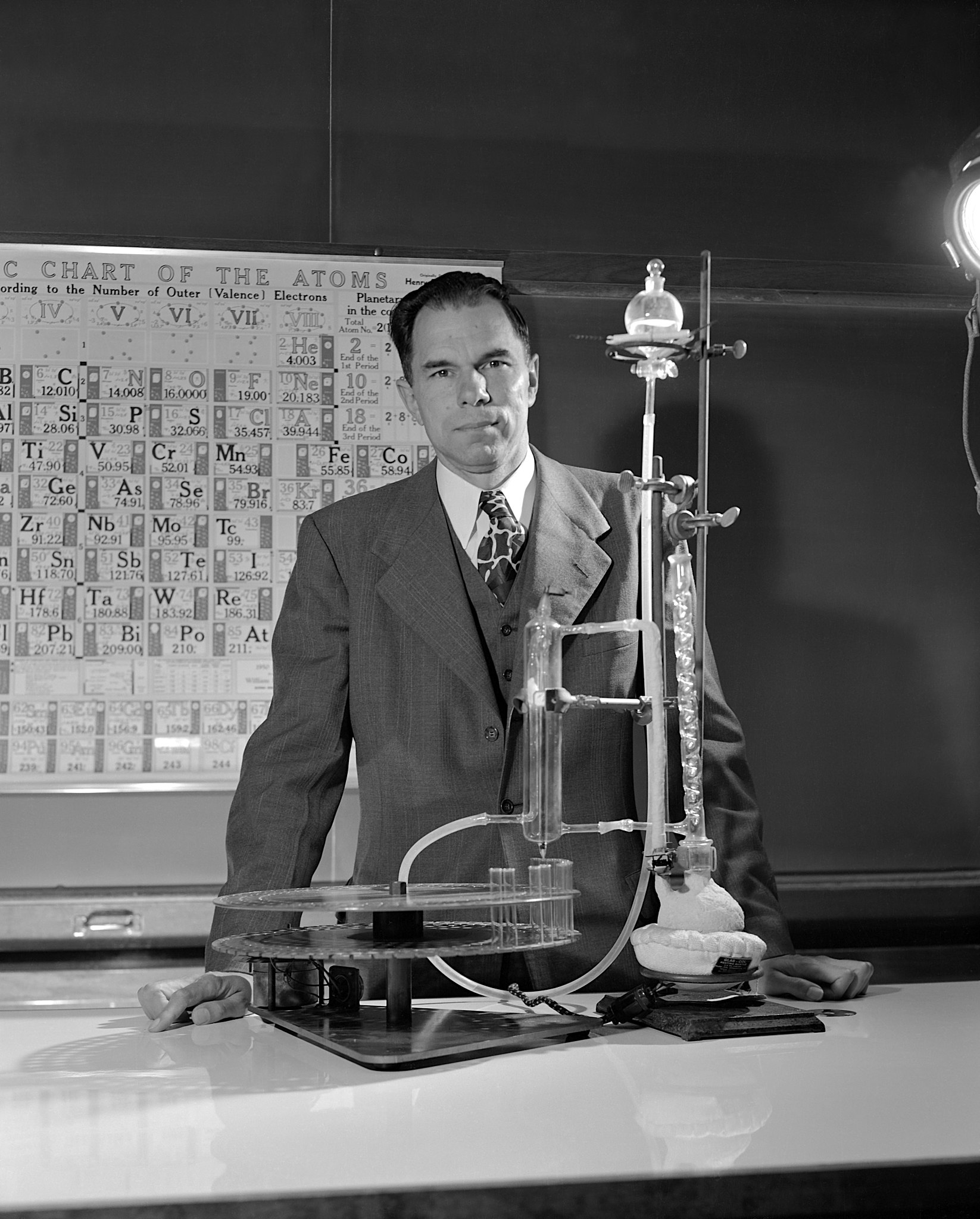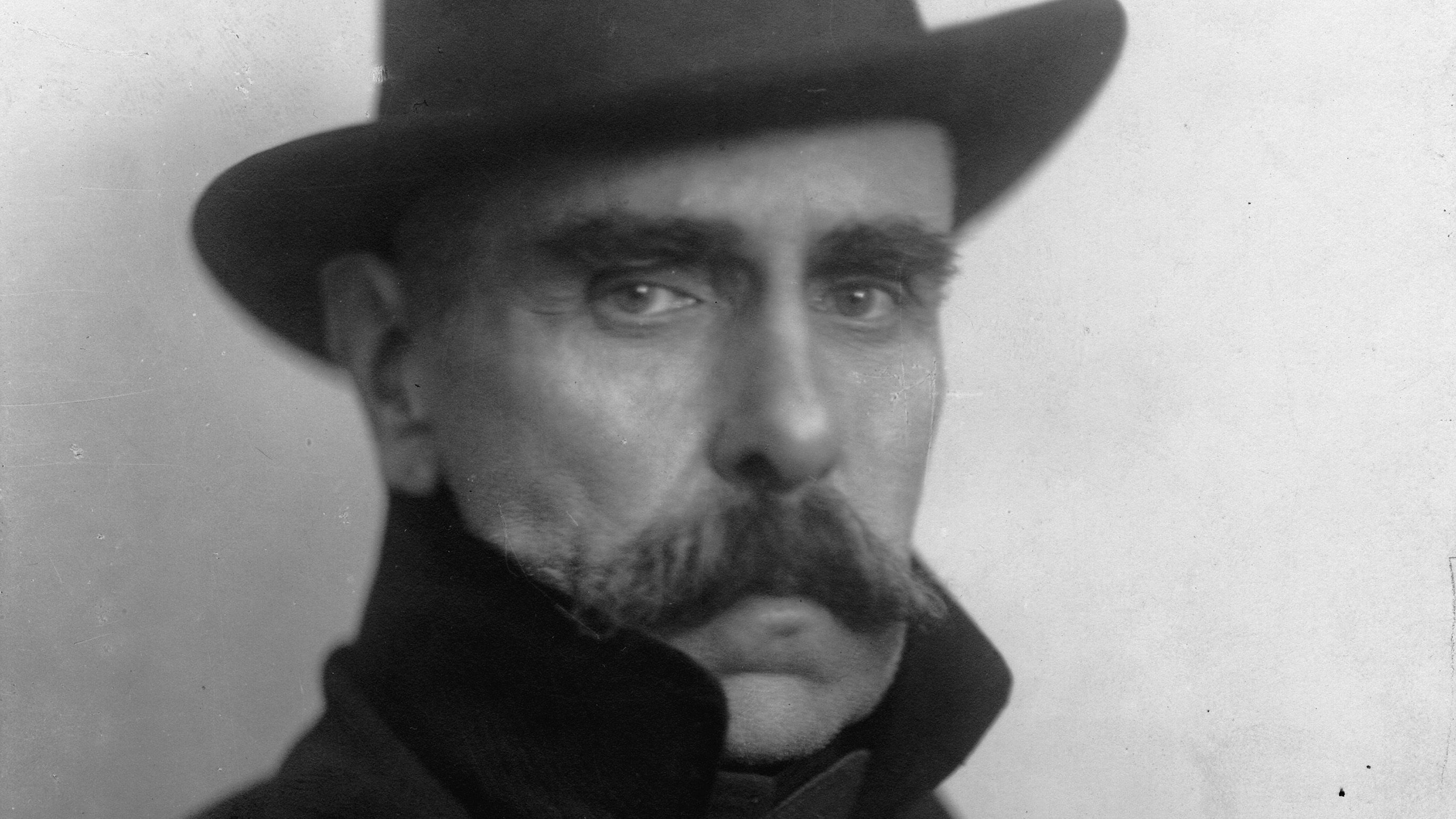The scientific fraud behind the “discovery” of element 118

- During the Cold War, the United States and the Soviet Union raced to discover superheavy elements.
- For years, UC Berkeley was the undisputed leader in this race — until they weren’t.
- Eager to reclaim its lost prestige, the university launched rigorous investigations to discover how the scientific fraud was carried out.
During the Cold War, various types of races took place between the United States and the Soviet Union, including the space race, the nuclear arms race, and — last but not least — the race to discover new superheavy elements.
Expanding the periodic table may not sound as exciting as getting the first human being to the Moon, or as frightening as developing weapons capable of destroying the world. Still, among scientists, the element race is considered the most important of them all. The discovery of new elements paves the way for other, more immediately impactful inventions, from spaceflight dynamics to nuclear reactors. New elements also earn the discoverers international prestige — a valuable currency in times when superpowers collide.
Scientists have been discovering new elements on a semi-consistent basis since the early 18th century, but the process sped up considerably in the 1940s when developments in particle acceleration technology opened up the periodic table’s 7th row. Under the leadership of Manhattan Project chemist Glenn Seaborg and nuclear scientist Albert Ghiorso, the University of California, Berkeley, found elements 93 (neptunium) through 106 (seaborgium, after Seaborg), solidifying itself as the race’s undisputed leader.

It wasn’t until 1974 that the institution’s luck ran out. Elements 107 (bohrium) through 112 (copernicium) were discovered by German researchers at the GSI Helmholtz Centre for Heavy Ion Research in Darmstadt, while Soviet researchers in Dubna had teamed up with UC Berkeley’s former partner, the Lawrence Livermore National Laboratory, to start looking for even heavier elements. Eager to catch up with their competitors, UC Berkeley recruited Victor Ninov, a rising Bulgarian physicist whose work with the computer program Goosy, which analyzes the accelerator’s data, had played a key part in GSI’s discoveries.
Initially, the investment appeared to have paid off. Within six months of joining the California team, Ninov claimed they had detected not only element 118 but also elements 116 and 114 — a return to form following the Seaborg years. To his colleagues, Ninov’s claim seemed too good to be true. And in hindsight, it was.
The search for 118
Superheavy elements (elements with more than 103 protons) do not occur naturally but have to be artificially created by firing one element against another in the hope that their nuclei fuse to form another, larger element. For example, UC Berkeley created seaborgium by firing oxygen, which has eight protons, into californium, which has 98, creating a new element with 106 protons. Creating superheavy elements is a difficult, expensive, and above all time-consuming enterprise. Elements grow increasingly unstable as they get heavier. The nuclei of two elements are far more likely to break apart than they are to combine. And when they do, the newly formed element radioactively decays within seconds.
In the late 1990s, Dubna and Livermore set out to create element 118 in the same way they made element 114: by firing neutron-rich calcium into plutonium. UC Berkeley, lacking the money and resources to copy this method, had to think outside of the box, placing their faith in an experiment outlined by the Polish theoretical physicist Robert Smolańczuk, which held that the same result could be achieved using the more readily available elements of lead and krypton. The experiment was carried out and Ninov, looking over the data in Goosy, proclaimed he saw the creation of element 118 as well as its decay into 116 and 114.
Berkeley published its results in May 1999 in an issue of Physical Review Letters. But when Darmstadt tried to recreate the experiment outlined in the article, it did not work. Researchers in France and Japan also failed to create element 118, much less 116 or 114. UC Berkeley, eager to close the debate, ran the experiment one more time the following year. When this failed, too, the university launched a series of independent investigations to determine what had gone wrong, and when.
The first of these investigations concluded that “the most likely reason for the difference between the two [Berkeley] experiments is the magnet setting.” The experiment was repeated two more times, but this time Don Peterson, a postdoc who had learned to use Goosy, analyzed the data instead of Ninov. Peterson’s inability to find the elements frustrated his colleague Walter Loveland, who said that “depending on who used the software, if Ninov or Don used it, you got different answers. That is just not right. At that point I started yelling to everyone that something was terribly, terribly wrong.”
Nuclear fission
At this point in the story, none of the Berkeley researchers suspected scientific misconduct, believing instead that someone — or something — had made a simple, honest mistake. It wasn’t until the investigators acquired the Goosy files that underpinned the initial discovery that everything began falling into place. A 200-megabyte file processed quicker than the computer was capable of suggested new readings had been pasted into the program after the analysis had already concluded.
“These files,” the investigators said, “show that…events have been modified and added in order to make a complete element 118 decay chain before being reported out by Victor.” Ninov, now subject to a separate investigation for scientific misconduct, pleaded not guilty to the accusation. “I stand by the integrity of my research and my interpretations of the data,” he responded. “I have never intentionally altered, invented, fabricated, corrupted, deleted or concealed data or experimental observations.”

The investigators were unconvinced. As the sole analyst of the discovery, and the only person who shared the news with the rest of the team, Ninov alone had been in a position to fabricate and detect fabrication. He was found guilty in 2002 and dismissed from Lawrence Berkeley National Laboratory. Meanwhile, Physical Review Letters retracted Berkeley’s article. “It’s a good thing Seaborg died before this,” Ghiorso later commented in The New York Times, “this would have just about killed him.”
While Ninov was the instigator of the scandal, the other members of the Berkeley team share partial responsibility for his misconduct. Indeed, investigators wondered why none of Ninov’s collaborators had accepted Ninov’s conclusions without double-checking them, adding that the amount of academic rigor applied during the experiment was far below the accepted standards of research. The collaborators, for their part, said had entrusted Ninov — an expert in his field — to do his job.
This oversight is — to some extent — understandable. Perhaps UC Berkeley wanted to win the element race so badly that emotion momentarily took precedence over reason. The forged results were accepted not because they appeared to be true, which they did, but also because everyone wanted them to be true.





